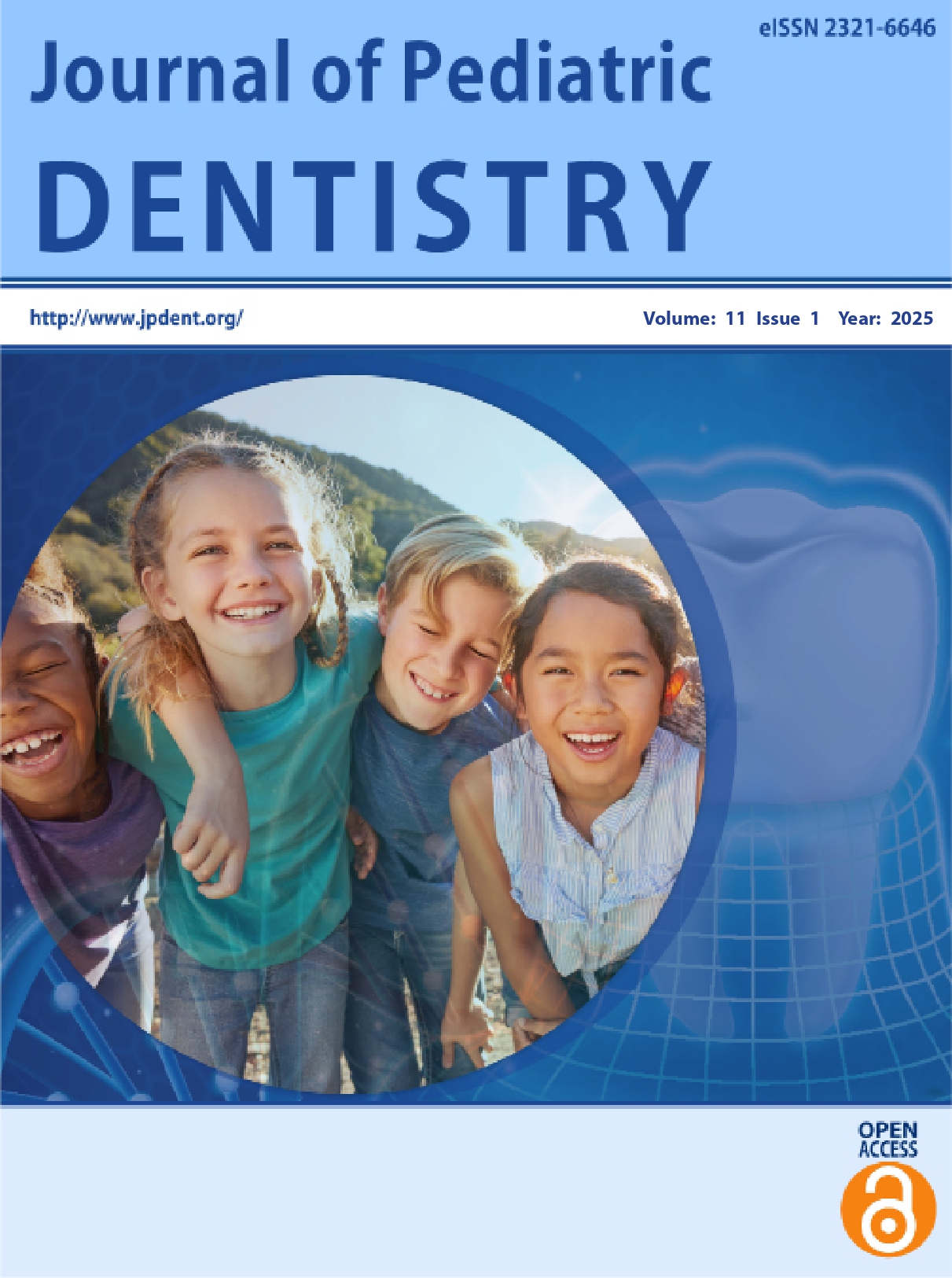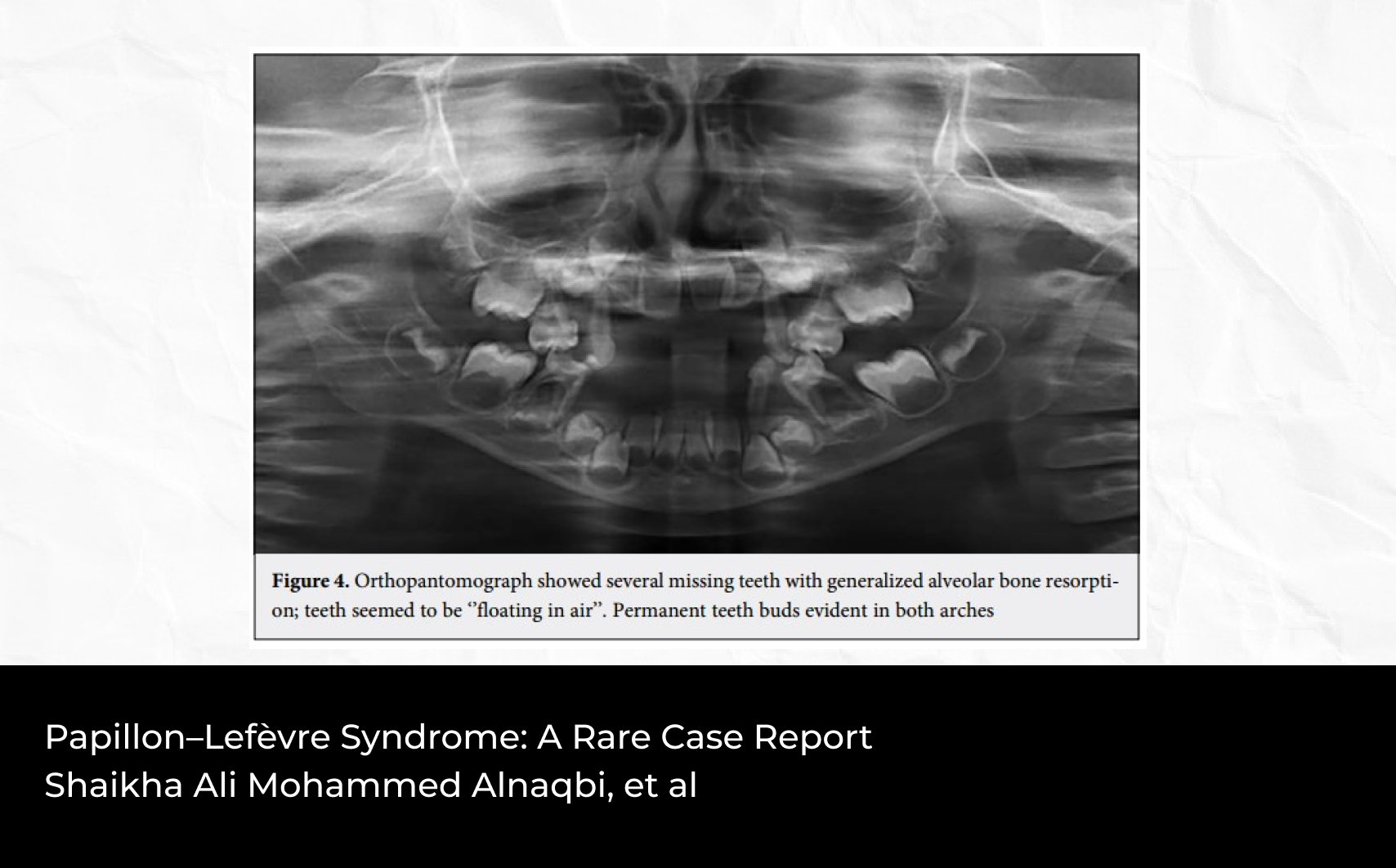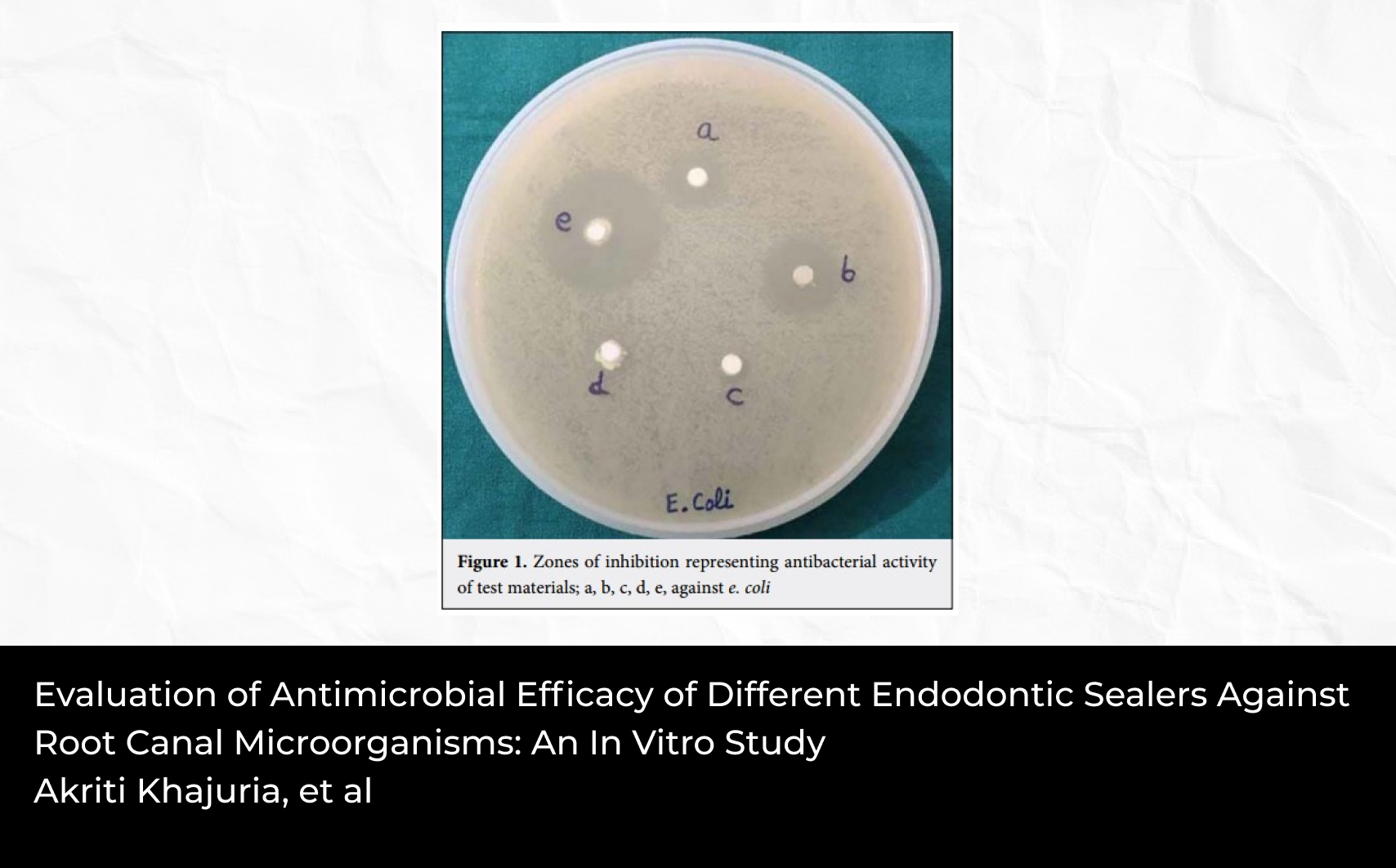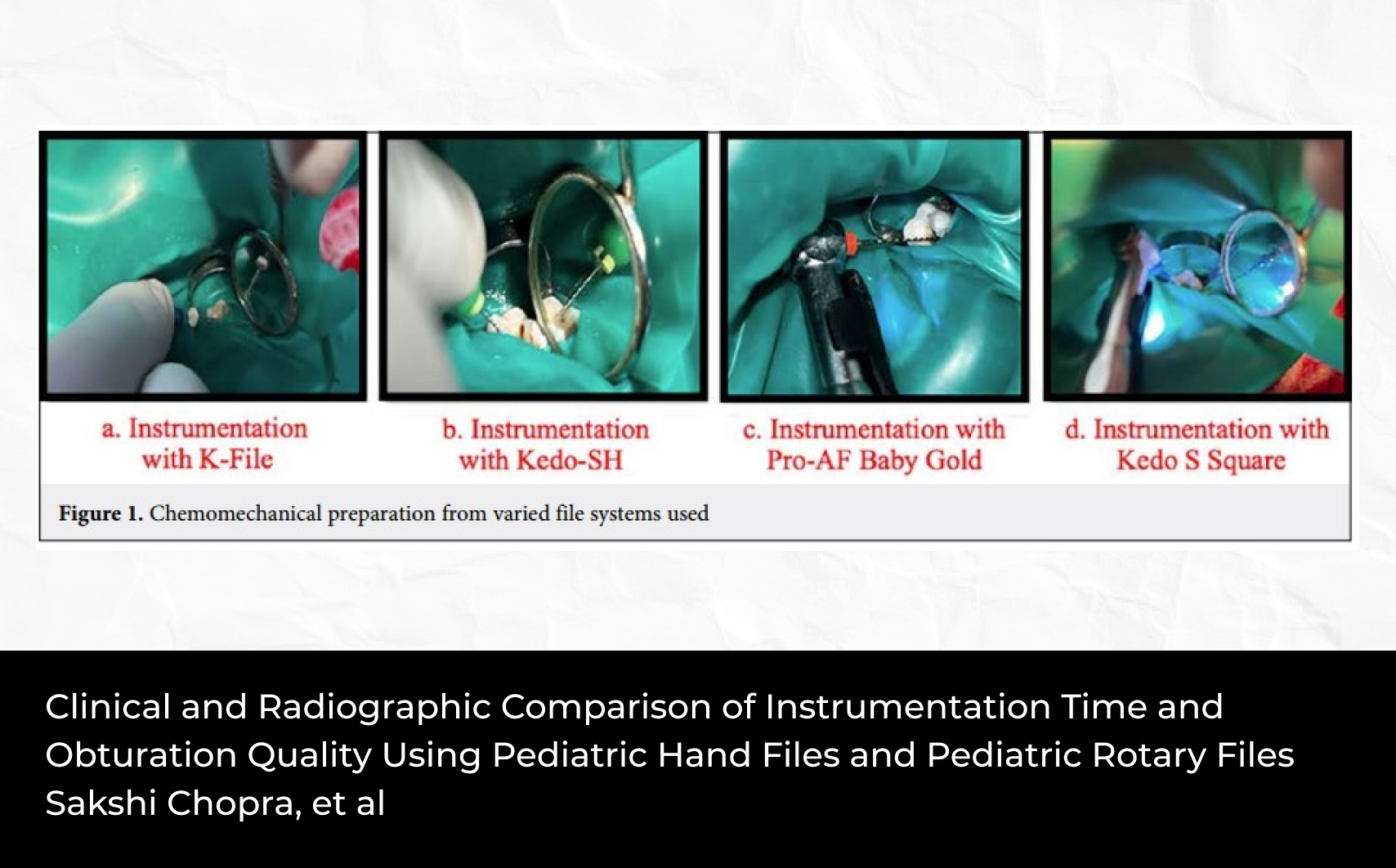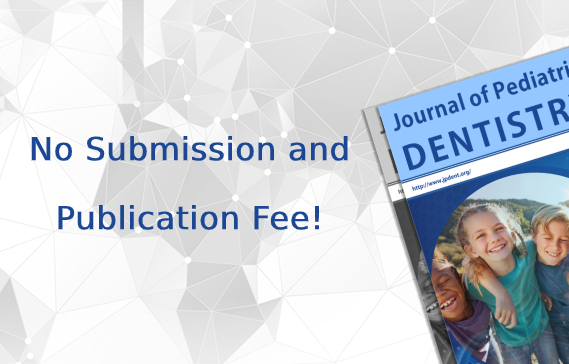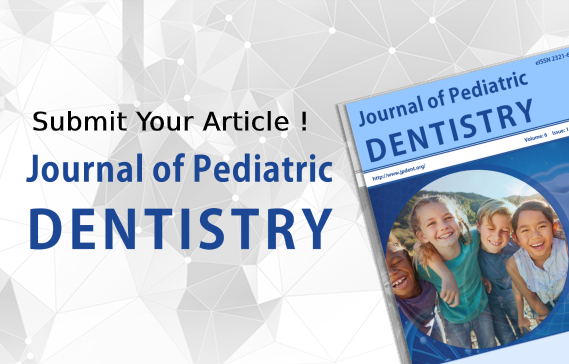2Department of Paediatric and Preventive Dentistry, Army Dental Centre Research & Referral, New Delhi, India
Abstract
Maxillofacial defects (extraoral or intraoral) are eformities associated with asymmetric regional body growth, unpleasing disfigurement, and a constant reminder of the traumatic experience to the individual, which mediates a more brutal impact on the tender minds of children. The primary goal in the prosthetic rehabilitation of physical defects in this case series was to maintain bodily symmetry, restore aesthetics, function to a limited extent, and psychologically uplift the patient. Reconstructive surgeries remain the mainstay of treatment modality due to better long-term results. However, some clinical scenarios make it not feasible to do so, demanding the need for prosthetic rehabilitation. To achieve the best results in growing children, complementary and cooperative work between prosthodontists and pedodontists is required. Quarterly review by the specialists ensures proper maintenance of the prosthesis and the periodic fabrication of a new prosthesis in harmony with the growing body. The following case series describes the maxillofacial rehabilitation in children with a right enucleated eye (right eye globe removed), amputated distal phalangeal part of the left index finger, and microtia right ear (malformed right external ear), highlighting the significance of minor modifications in workflow and boosting teamwork in effectively treating children.

